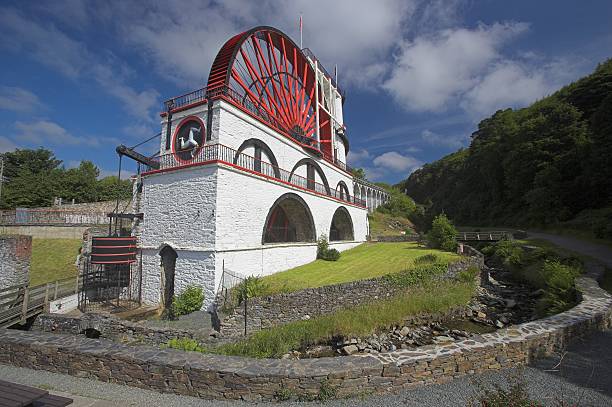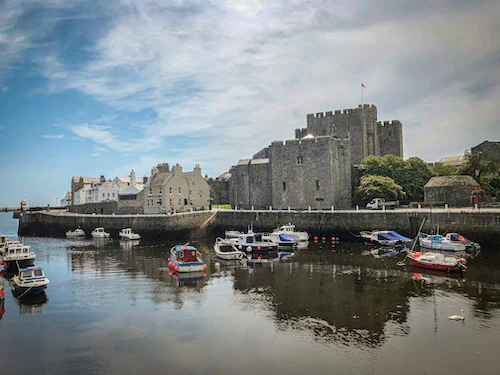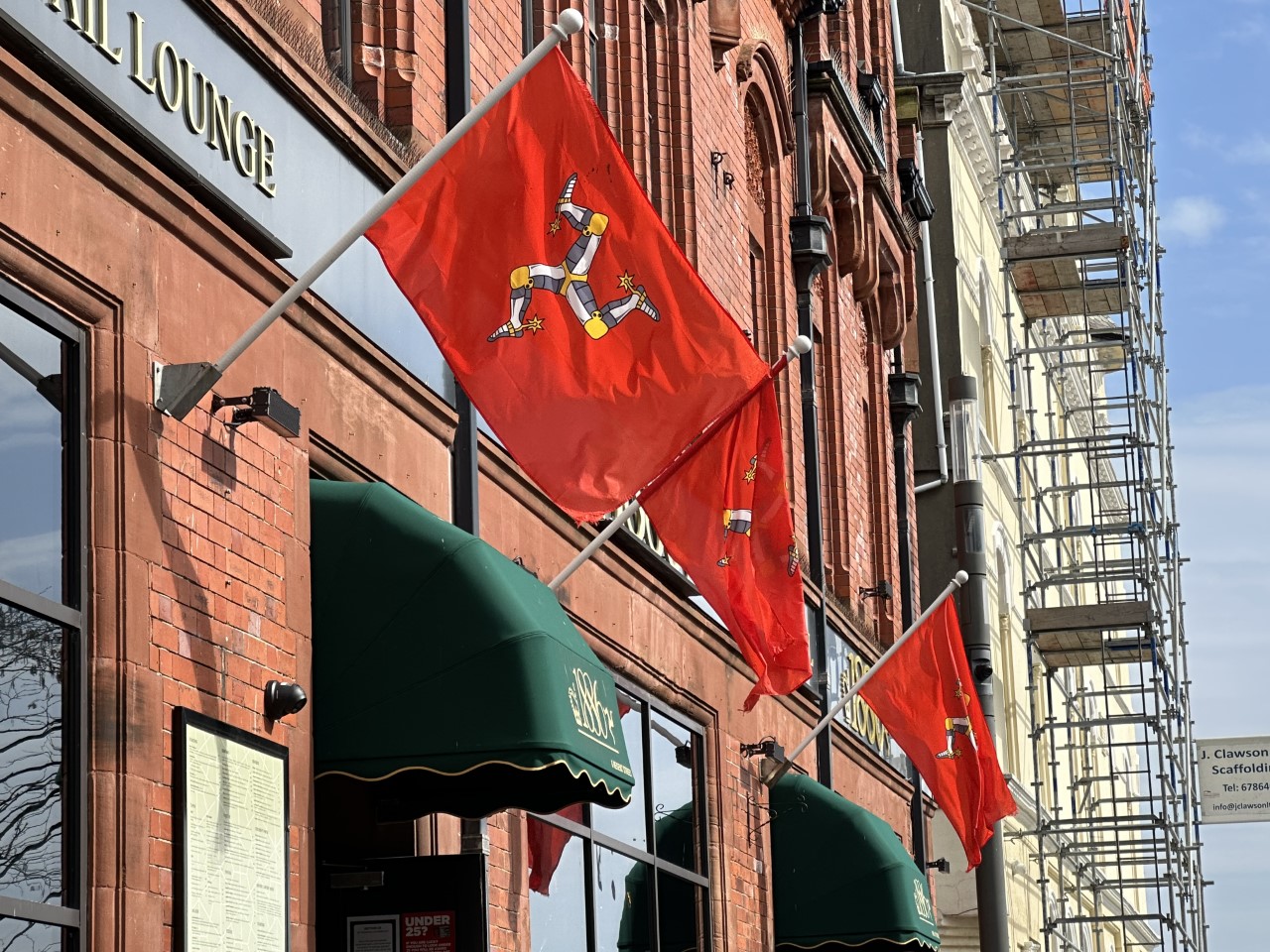It’s a cliché, but there really is more than just fast motorbikes and odd-looking cats to the Isle of Man – a destination too often lazily associated with the annual TT Races and tax loopholes and little else.
In reality, however, for such a small place – roughly about 33 miles long and 13 miles wide, with a population of just 84,000 people – Isle of Man has a hell of a lot of famous sites; from Ramsey in the north; the capital Douglas in the south-east, Peel and its historic castle in the west; Laxey and its world-famous working water wheel (the ‘Lady Isabella’); the picturesque Castletown; the island’s steam train; and its highest mountain Snaefell.
Peel’s castle dates back to the 11th Century. The town also houses the famous House of Manannan (try saying that after spending a few £s at the Quids Inn in Douglas – see later!), the museum which celebrates the Isle of Man’s rich cultural heritage.
Douglas also houses the Tower of Refuge and the Manx Museum.
The island is a nature lover’s dream – filled with breathtaking scenery and rare flora and fauna. This rock in the middle of the Irish Sea – roughly between Belfast and Carlisle – also has a rich cultural history; at various times having been inhabited by Norse, Viking and Celtic rulers.









Nowadays, life is far more simple; Isle of Man is a crown dependency – and much like the other famous ones, Jersey and Guernsey, it has its own unique idiosyncratic air.
So, what to do:
Learn a new language: If your Irish is any good, you should be able to pick up the local Manx (still spoken by a handful of people) as it has a lot of similarities.
Pay for a pub: When in Douglas visit The Quids Inn, a pub where you literally have to pay a £1 entry fee. Note: this is not a night club, this is a pub. A pub which you have to pay to gain entry, night or day.
Take the train: The Isle of Man has one of the last remaining commercially working steam trains in service. The island has its very own ‘heritage’ railway system – split between the Steam Railway linking Douglas with the south of the island; the Snaefell Mountain Railway to the north and the Manx Electric Railway. While they are a practical means of getting around the island, they are – in themselves – a tourist attraction, attracting thousands of visitors every year.
Go backwards: There are a few of these in Ireland, too (and lots across mainland Europe, North America and Australia, in particular) but Isle of Man has its very own gravity hill (Magnetic Hill, near Laxey), where vehicles appear to reverse uphill on a downhill stretch of road. Optical illusions, or not, worth seeing.
Pretend You’re in Australia: There is a thriving wallaby colony on the Isle of Man, believe it or not – originating from a breeding pair escaping their patch in the Curragh Wildlife Park and growing in numbers. This population of antipodean bouncers can be spotted around the north of the island.
Watch the TT Races: The annual TT Races take place this year from May 29 – June10. Visit the Isle of Man TT website for more details (www.iomtt.com)
Be a TT Racer: You can also tour the TT circuit on various tours – Powerwheels.im; Viator.com; Albanytours.co.uk all offer tours; our favourite, though, is Isle of Man Trike Tours (iomtriketours.com), where you can travel the circuit on the back of a motorised three-wheeler.

Where to Stay:
There are plenty of accommodation options. If staying in the capital, a particularly good option is Hotel Halvard, an elegant 4-star Victorian premises (with excellent rooms and very friendly staff) on the pretty promenade. Welcome to Hotel Halvard

Where to Eat:
Dinner – Wine Down (Duke Street, Douglas) – A lovely and cosy restaurant and wine shop serving top quality wines and food (pasta, steaks, seafood). Possibly the coolest place on the whole island.

Brunch/Lunch – Noa Bakehouse (Douglas, adjacent to Ship Terminal) – A very unpretentious looking place from the outside, but outstanding brunch and sandwich menu serving its own freshly made bread. Very impressive.
How to Get There:
If travelling from Ireland Aer Lingus Regional flies to the Isle of Man’s Ronaldsway Airport (about 30 minutes drive to/from the capital Douglas; the flight itself if roughly 25 minutes in duration). The UK is served by Loganair and EasyJet.
Aer Lingus Regional flies a daily return service from Dublin to the Isle of Man and a 4-day per week return from Belfast City Airport (upping to 6-days per week in peak season)
For more details about what’s on offer on the Isle of Man visit the Visit Isle of Man website:







